Download Silk floss tree stock photos Affordable and search from millions of royalty free images, photos and vectorsOne functional adaptation to the environment is that the tree developed thorns to discourage animals from climbing up the tree and damaging their trunk or bark especially at an early age when they're more vulnerable Do all silk floss trees have thorns? The silkfloss tree is actually very drought tolerant, in part from this thin bark When trees photosynthesize from leaves, they often lose a lot of water However, when this process of carbon fixation occurs in stems or branches, the water is usually better retained In some sense, during dry periods where these trees lose their leaves, they act more like succulents or

Silk Floss Tree Bark This Is Bark From A Silk Floss Tree Flickr
Silk floss tree blossom
Silk floss tree blossom-Silk Floss Tree PNG images & PSDs for download with transparency Rotate this 3D object and download from any angle (S)Bark of silk floss tree (Ceiba speciosa) (palo borracho) with sharp conical prickles




Silk Floss Tree University Of Redlands
The fruits are large, 8inchlong, pearshaped, woody capsules, filled with silky, white, kapoklike floss and pealike seeds Floss from the seeds was used for stuffing pillows, and thin strips of the bark have been used to make rope Figure 1 Mature Chorisia speciosa FlossSilk Tree Credit Ed Gilman, UF/IFASAlthough most seedlings in California have thorny trunks and magentaBark of silk floss tree background texture pattern download this royalty free Stock Photo in seconds No membership needed
Your Bark Silk Floss Tree stock images are ready Download all free or royaltyfree photos and images Use them in commercial designs under lifetime, perpetualChorisia Speciosa In San Diego, the Chorisia speciosa (floss silk tree) starts blooming in early fall and continues to carry flowers until late December, offering color at an otherwise drab time of year The tree is used as a street tree in San Diego, and its flowers are one of the main reasons Its hardiness, its unusual green bark and thornyThe cotton fibers found from Silk Floss Trees, which are called Kapok, are often used to stuff the insides of things such as pillows and a variety of other coldweather clothing The fibers of the Silk Floss Tree also have a hydrophobic property that allowed
It's commonly called the silk floss tree and is a species found in Florida The one you're looking at has bunches of conical "spikes" and appears to be quite aged or possibly diseased Not easy to tell from a single photo You can read about them here, from the University of Florida Notice the middle photo on page 2 Also, the wiki article WeSilk floss tree How do you take care of a silkYoung flosssilk trees may suffer frost damage at 27° F, but older trees will tolerate temperatures down to the low s F for brief periods of time Flosssilk trees have the ability to exist for many years in pots, but a large tree in a small nursery container is not necessarily a bargain, because its roots will be potbound and will take a long time to get established




Daily Flower Candy Ceiba Speciosa The Frustrated Gardener




Silk Floss Tree Los Angeles Love Affair
GREEN BARK Green bark, on the trunk and branches of young floss silk trees, soaks up the sun and participates in photosynthesis, making energy for The silkfloss tree is actually very drought tolerant, in part from this thin bark Care of Silk Floss Tree When planting a silk floss tree, care should be taken to situate at least 15 feet away from the eaves to account for growth and well away from footFacts The fruits are filled with white, silky, kapoklike floss that have been often used for stuffing pillows, and the thin strips of the bark have been used to make rope Designer Considerations An excellent specimen tree for parks, parking lots, and other large landscapes and spectacular when in bloom with a beautiful show of color in the




File Portugal Algarve Silk Floss Tree Spiky Bark Jpg Wikimedia Commons



1
Ocotillo tree, a shrublike plant found in the Southeast United States Image by Cedric Pollet Silk floss tree (Ceiba speciosa), a flowering deciduous tree native to South America's tropical forests Image by Cedric Pollet The sap of birch is used as a tonic in Northern Europe and Russia, as well as in syrup, beer and candy flavoringThe texture of the tree bark Silk Floss Tree ( Chorisia speciosa ) Silk cotton tree, Scientific name is Ceiba pentandra, under blue sky, this blossom make pillow Cotton Tree,Kapok Tree,Red Cotton Tree,Silk Cotton,Shving Brush,Local tree of north thailand Red seed pods hand on a mature silk floss tree along the Amazon River in BrazilSilk floss trees are large, up to 60feettall and to 40feetwide They are deciduous trees with large thorns on the trunk that widens with age to a buttressed trunk The thorns are warty
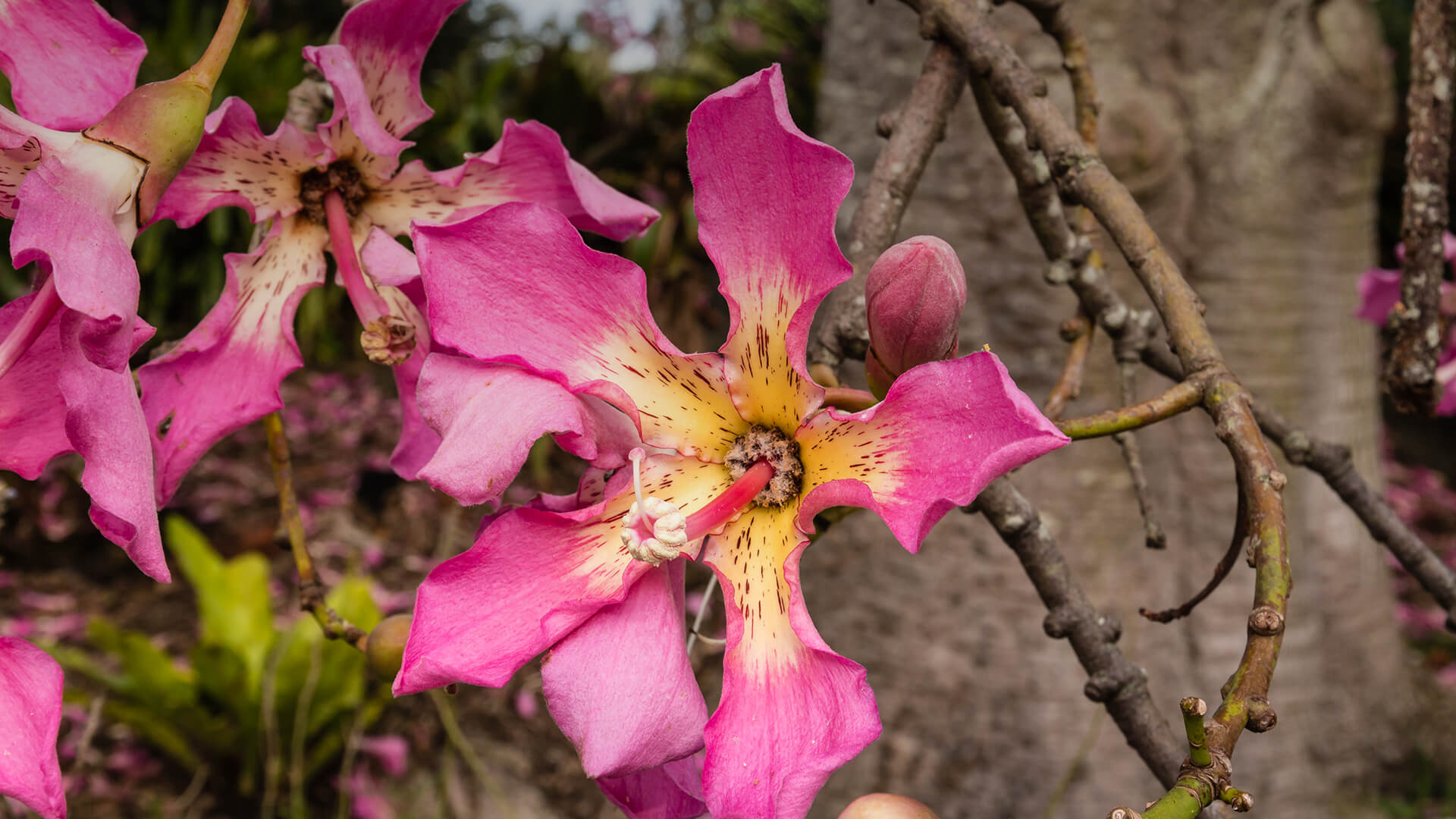



Floss Silk Tree San Diego Zoo Animals Plants




Silk Floss Tree Chorisia Speciosa Malvales Bombacaceae
The Silk Floss tree (Ceiba speciosa or Chorisia speciosa) is very unique tree species from the subtropical regions of South America The flowers of this tree range in color from creamy white to dark pink and white It is sometimes confused with the "White Silk Floss tree"It has taken me a full year of watching this tree species as it passed through the seasons to get this series of Then, why does the silk floss tree have thorns? The silk floss tree begins as a young sapling with a small bulge in the trunk that slowly enlarges to appear bloated at the base and tapering to the crown The tree can be as thick as seven feet in girth at the bulge The immature trees will have green bark, which will eventually turn to gray as they age




Silk Floss Tree University Of Redlands




Photo 1197 19 Rotten Bark On Silk Floss Tree Chorisia Speciosa In A Park Of Aspire Zone Doha Qatar
Silk Floss Tree (Ceiba Speciosa) The name of this particular tree is given by the conelike thorns on the bark of older trees that make their trunks and branches look like clubs Hercules ClubThe fruits are large, 8inchlong, pearshaped, woody capsules, filled with silky, white, kapoklike floss and pealike seeds Floss from the seeds was used for stuffing pillows, and thin strips of the bark have been used to make rope Figure 1 Full Form—Chorisia speciosa Silkfloss treeSilk tree has smooth, thin, greenishgrey colored bark Silk tree has fernlike, bipinnate (doubly divided) leaves They consist of 6 to 12 pairs of pinnae that bear to 30 pairs of oblong leaflets Leaves are alternately arranged on the stem Leaves of




Silk Floss Tree University Of Redlands




Silk Floss Tree University Of Redlands
(Floss silk tree) Chorisia speciosa is a rounded, medium to large deciduous tree, distinguished by its swollen, prickly trunk and green spiny bark It is spectacular when in bloom, producing an outstanding show of pink flower color The fruits are centimetres long pods surrounded by cotton like substance Native to Argentina and Brazil, the silk floss (Chorisia speciosa) is a deciduous tree that can grow as tall as 50 feet at maturity Pale green leaves will emerge from the tree in spring, and when the leaves drop in autumn, they are replaced by spectacular starshaped blooms in shades ranging from pale pink to burgundy or purpleAlbizia julibrissin, the Persian silk tree or pink silk tree, is a species of tree in the family Fabaceae, native to southwestern and eastern Asia The genus is named after the Italian nobleman Filippo degli Albizzi, who introduced it to Europe in the mid18th century It is sometimes incorrectly spelled AlbizziaThe specific epithet julibrissin is a corruption of the Persian word guli




Daily Flower Candy Ceiba Speciosa The Frustrated Gardener




Sharp Spines On Bark Of Silk Floss Tree Stock Photo Download Image Now Istock
With silky, white, kapoklike floss and pealike seeds Floss from the seeds was used for stuffing pillows and thin strips of the bark have been used to make rope GENERAL INFORMATION Scientific name Chorisia speciosa Pronunciation koeRIZZeeuh speeseeOHsuh Common name(s) FlossSilk Tree Family Bombacaceae USDA hardiness zones 9B through 11 (Fig 2) Growing silk floss trees have a thick green trunk, slightly bulging at maturity and peppered with thorns During the autumn months (OctoberNovember), the tree bares lovely funnelshaped pink flowers that completely cover the canopy, followed by woody pearshaped, 8inch ( cm) What tree has spikes on its trunk?Silk Floss Tree Chorisia speciosa, Bombax ( baobab ) Family ( Bombaceae ), Silk Floss Tree;




Wrinkled Bark Of Old Silk Floss Tree Ceiba Speciosa Or Chorisia Speciosa Background Texture Pattern Stock Photo Picture And Royalty Free Image Image




154 Silk Floss Tree Photos And Premium High Res Pictures Getty Images
Search from Silk Floss Tree stock photos, pictures and royaltyfree images from iStock Find highquality stock photos that you won't find anywhere elseThe exotic floss silk tree features showy pink flowers, seed pods filled with fluffy white silk, and one of the most unique tree trunks in nature This tree has incredible "wow factor" for several reasons The thick trunk keeps its green color (see closeup below) and takes on a slightly bulbous shape as the plant maturesThe fruits are large, eightinchlong, pearshaped, woody capsules, filled with silky, white, kapoklike floss and pealike seeds Floss from the seeds was used for stuffing Figure 1 Mature Chorisia speciosa 'Monsa' 'Monsa' FlossSilk Tree pillows and




Thorny Bark Of The Silk Floss Tree Ceiba Speciosa Print




File Portugal Algarve Silk Floss Tree Spiky Bark Jpg Wikimedia Commons
At one time, this floss was used to pad life jackets and pillows, while thin strips of floss silk's bark were used to make rope Initially a fast grower, floss silk trees growth slows as it matures Silk floss trees are useful along highway or median paving strips, residential streets, as specimen plants or shade trees on larger propertiesThe bark of the silk floss tree is smooth when young, but it develops sharp spikes as it matures As the tree ages, the spikes on the trunk may fade WildlifeFriendlySpiky trunk of a silk floss tree (ceiba speciosa) silk floss tree stock pictures, royaltyfree photos & images Cover or HandKerchief, 1850/1875, Turkey, Istanbul, Turkey, borders embroidered with colored silk floss in flower and tree forms, 1265 x 12 cm Silk Floss Tree fruits ,
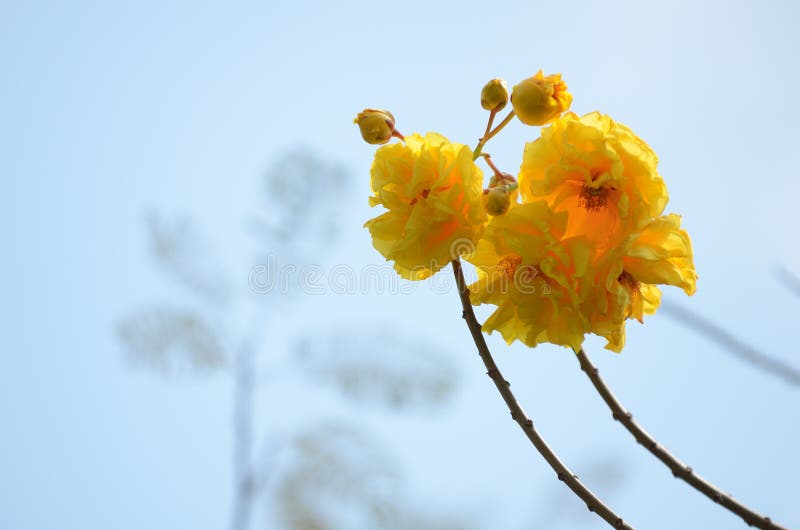



Ceiba Speciosa Silk Floss Tree Stock Photo Image Of Colorful Animal




Ceiba Speciosa Wikipedia
Find the perfect silk floss tree stock photo Huge collection, amazing choice, 100 million high quality, affordable RF and RM images No need to register, buy now! A medievallooking cloak of spikes covers the bark — the more hybridized the tree, the denser the thorns It's believed the spikes evolved to keep Amazonian animals from chewing or otherwise damaging young trees Over time, the thorns shed, and the greenish bark turns gray No wonder the silk floss is my favoritePhoto about Silk floss tree bark close up Image of nature, prickly, close




About Floss Silk Trees Tips For Planting A Silk Floss Tree Dummer Garden Manage Cuidado De Las Plantas Jardin De Pusadee Flor
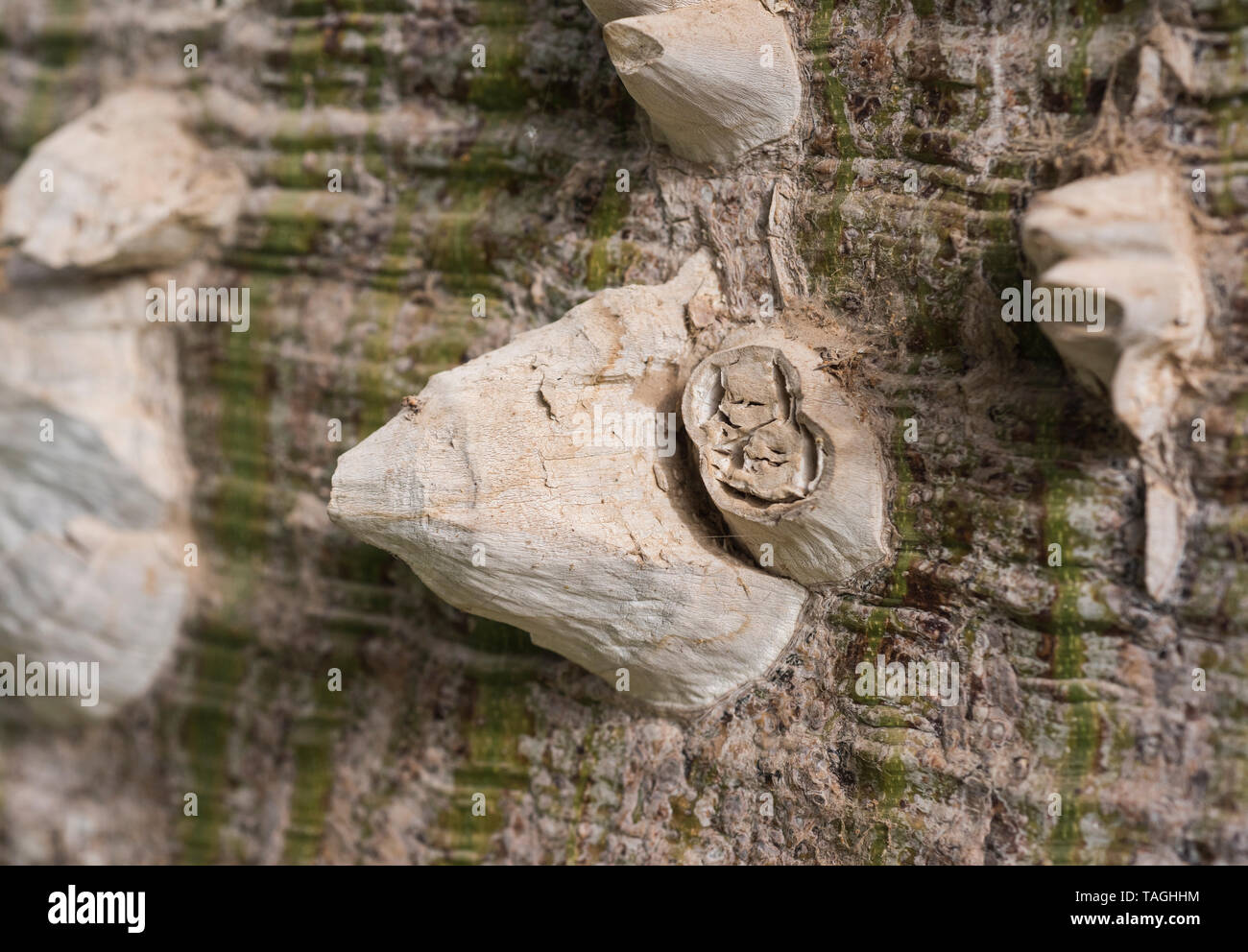



Close Up Abstract Detail Of Large Trunk On Silk Floss Tree Ceiba Speciosa With Spiky Thorns And Bark Stock Photo Alamy
The silk floss tree (Ceiba speciosa, formerly Chorisia speciosa), is a species of deciduous tree native to the tropical and subtropical forests of South America It has several local common names , such as palo borracho (in Spanish literally "drunken stick"), samu'ũ (in Guarani) or paineira (in Brazilian Portuguese) Mature Silk Floss Trees are street trees in the 2400 block of Santa Barbara Street, the 0 block of East Yanonali Street, and the 0 block of South Voluntario Street Both the pinkflowering and the whiteflowering species can be seen in the Alice Keck Park Memorial Garden and at the Santa Barbara Zoo Fruits Ovoid, 8" long, woody capsules dehisce to expose silky cotton with black beans inside The common name Silk Floss Tree is derived from this fiber Ceiba speciosa dehisced fruit exposing the seeds, which are covered by a cottonlike, silky papule Photo by Philmarin CC BYSA 30, from Wikimedia Commons




Silk Floss Tree With Amazing Bark Walk In The Woods Tree Old Things
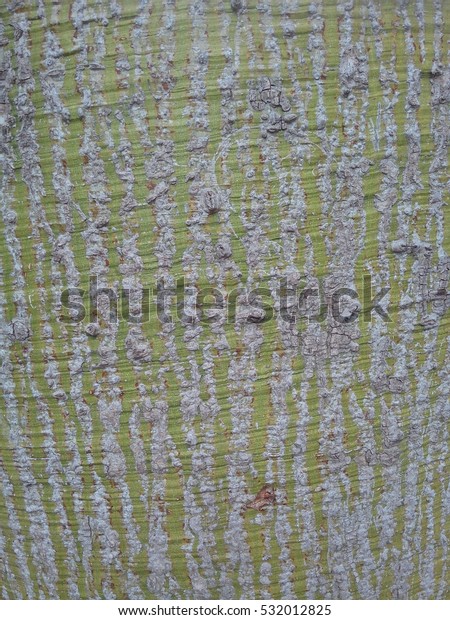



Young Silk Floss Tree Bark Texture Stock Photo Edit Now
Care of Silk Floss Tree When planting a silk floss tree, care should be taken to situate at least 15 feet away from the eaves to account for growth and well away from foot traffic and play areas due to the thorny trunk Floss silk tree care is possible in USDA zones 911, as saplings are frost sensitive, but mature trees can withstand temps to F (6 C) for limited time periodsThe silk floss tree (Ceiba speciosa, formerly Chorisia speciosa), is a species of deciduous tree native to the tropical and subtropical forests of South America It has a host of local common names, such as palo borracho (in Spanish literally "drunken stick")Chorisia speciosa, commonly known as Silk Floss Tree, is a conical deciduous tree with somewhat irregular branching It grows up to 60 feet (18 m) tall This plant is native to tropical and subtropical forested areas of Argentina and Brazil



Enh323 St164 Chorisia Speciosa Silk Floss Tree




File Portugal Algarve Silk Floss Tree Spiky Bark Jpg Wikimedia Commons
Sometimes called Monsa' Floss Silk Tree, Floss Silk Tree, "Kapok Tree" Silk Floss Tree, this deciduous tropical from Brazil and Argentina is a large tree rated to over 60 feet Floss Silk Tree is also well known for the Herbal composition made from the bark of the tree, for example, is administered for the treatment of sexual and gastrointestinal disorders Plant Description Red silk cotton tree is a medium to large, longlived, briefly deciduous, fastgrowing, tropical tree that grows up to 25 m tall and spreads 815 m wideFertilizer It is recommended that you fertilize at the same time as you water using a time released fertilizer 9 or similar to help your Silk Floss Tree Chorisia Speciosa Trees grow and produce a substantial crop These trees are moderate feeders and may require multiple feeding during the growing season




Ceiba Speciosa Silk Floss Tree Stock Image Image Of Gator Danger
/GettyImages-1162068100-7fd509be6b774640a64e24ea4a8ed5e5.jpg)



How To Grow And Care For Silk Floss Trees



Floss Silk Tree




Thorny Spines On Bark Of A Silk Floss Tree Stock Photos Freeimages Com




Silk Floss Tree Bark This Is Bark From A Silk Floss Tree Flickr




Tree Surface Of Silk Floss Tree Ceiba Insignis Chorisia Speciosa Stock Photo Download Image Now Istock




Ceiba Speciosa Wikipedia




Ceiba Speciosa Silk Floss Tree Stock Image Image Of Abstract Farm



Pacific Horticulture Trees Of San Diego Floss Silk Trees




Silk Floss Tree Fruit Before And After Opening This Is Th Flickr




File Floss Silk Tree Bark Jpg Wikimedia Commons




Ceiba Speciosa Silk Floss Tree Trunk And Characteristic Bark With Thick Wooden Conic Prickles Emerging From The Trunk Stock Photo Picture And Royalty Free Image Image




Phillip S Natural World 7 Trees That Attack




Ceiba Speciosa Silk Floss Tree Stock Image Image Of Crocodile Alligator




Silk Floss Tree What S The Point The Portugal News
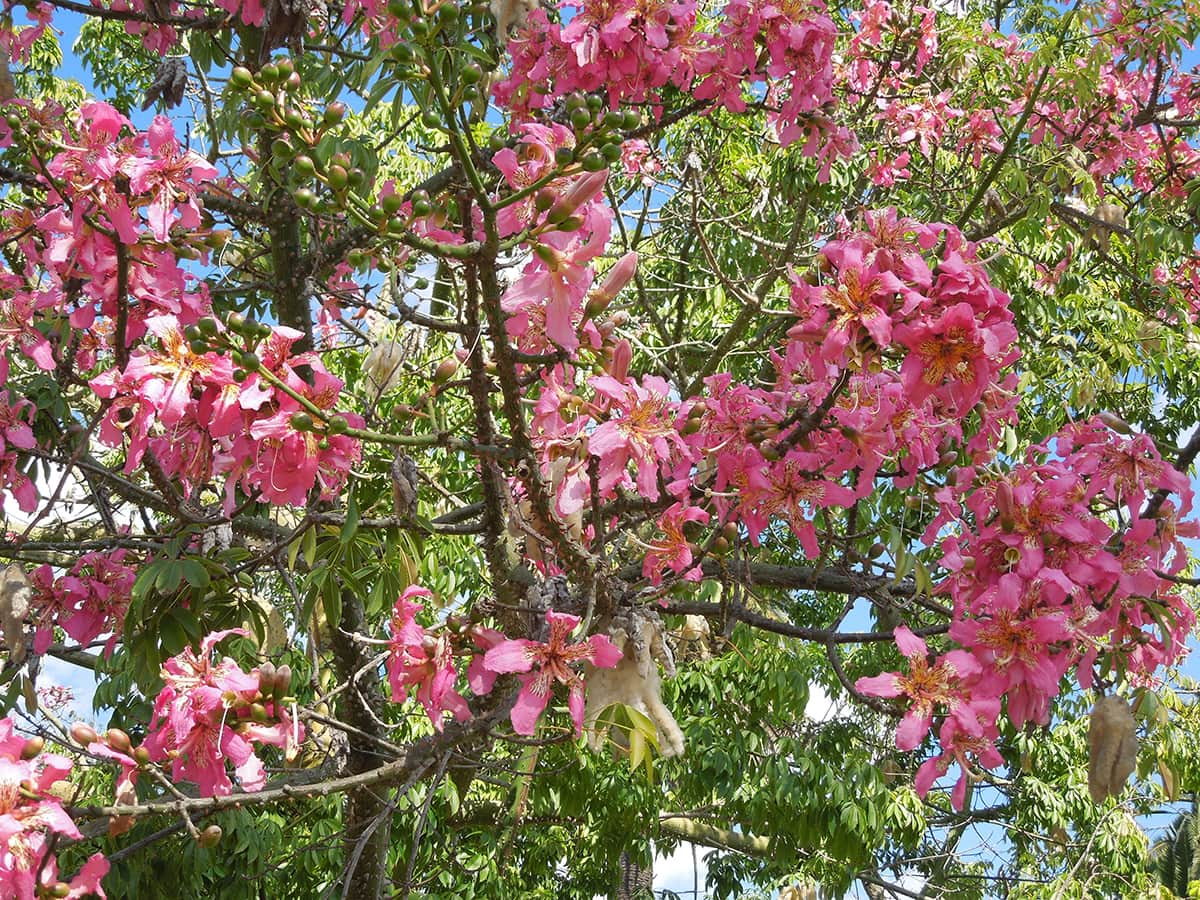



The Silk Floss Tree Santa Barbara Beautiful
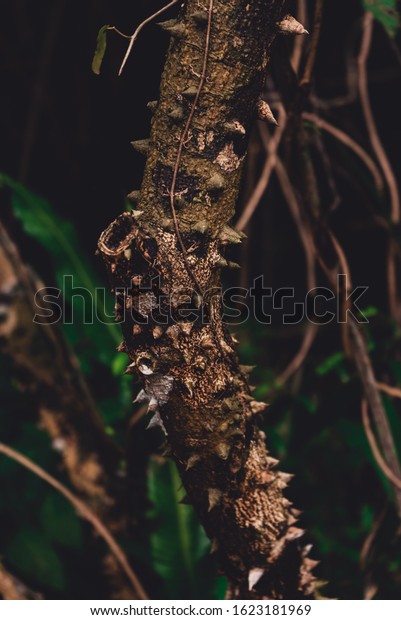



Closeup On Silk Floss Tree Ceiba Stock Photo Edit Now



It Will Hurt To Climb These Trees For Sure Snaplant Com




Floss Silk Tree Care Information On Growing Silk Floss Tree
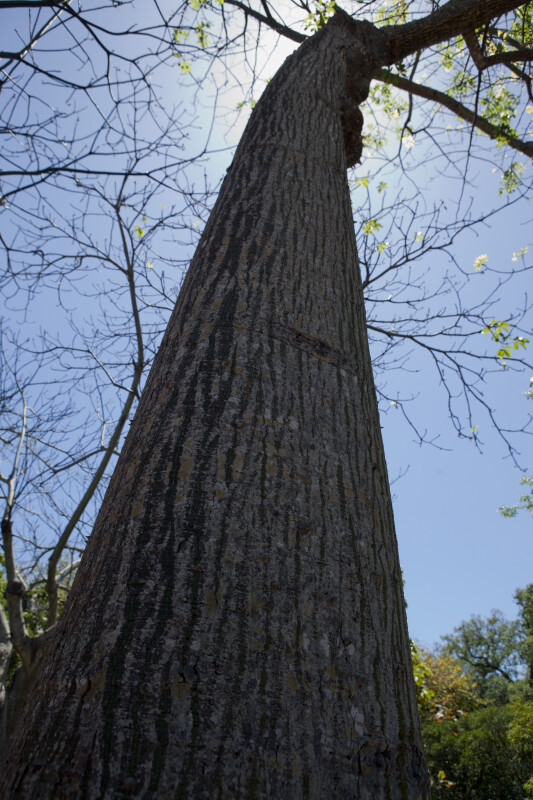



Silk Floss Tree Bark Clippix Etc Educational Photos For Students And Teachers
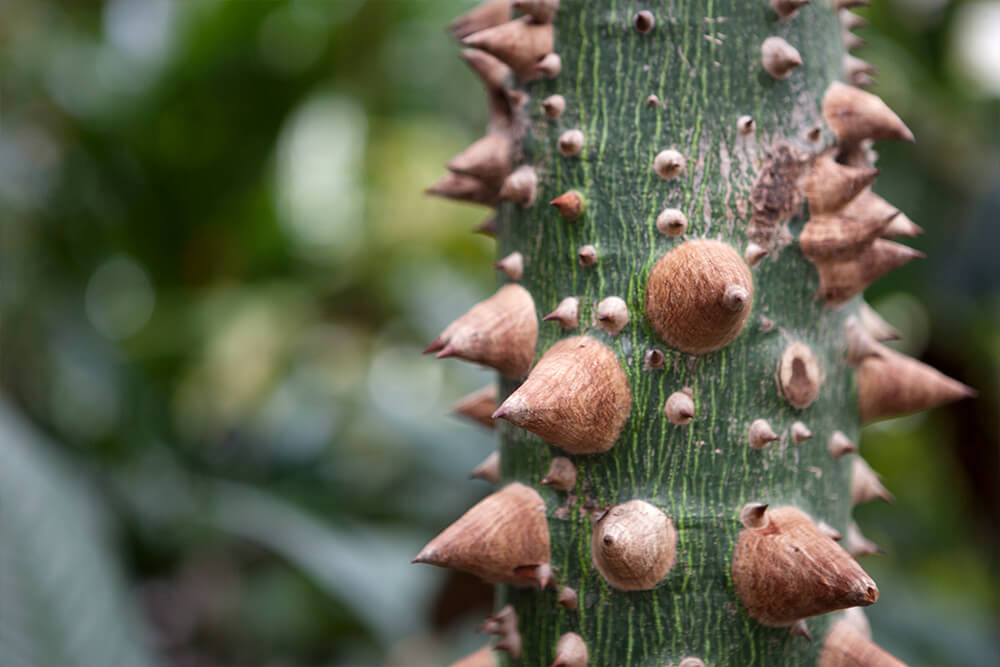



Floss Silk Tree San Diego Zoo Animals Plants




The Prikly Trunk Of A Silk Floss Tree Stock Photo Picture And Royalty Free Image Image




Spiked Tree Trunk Image Photo Free Trial Bigstock




Ceiba Speciosa Silk Floss Tree Stock Photo Image Of Flowers Floss
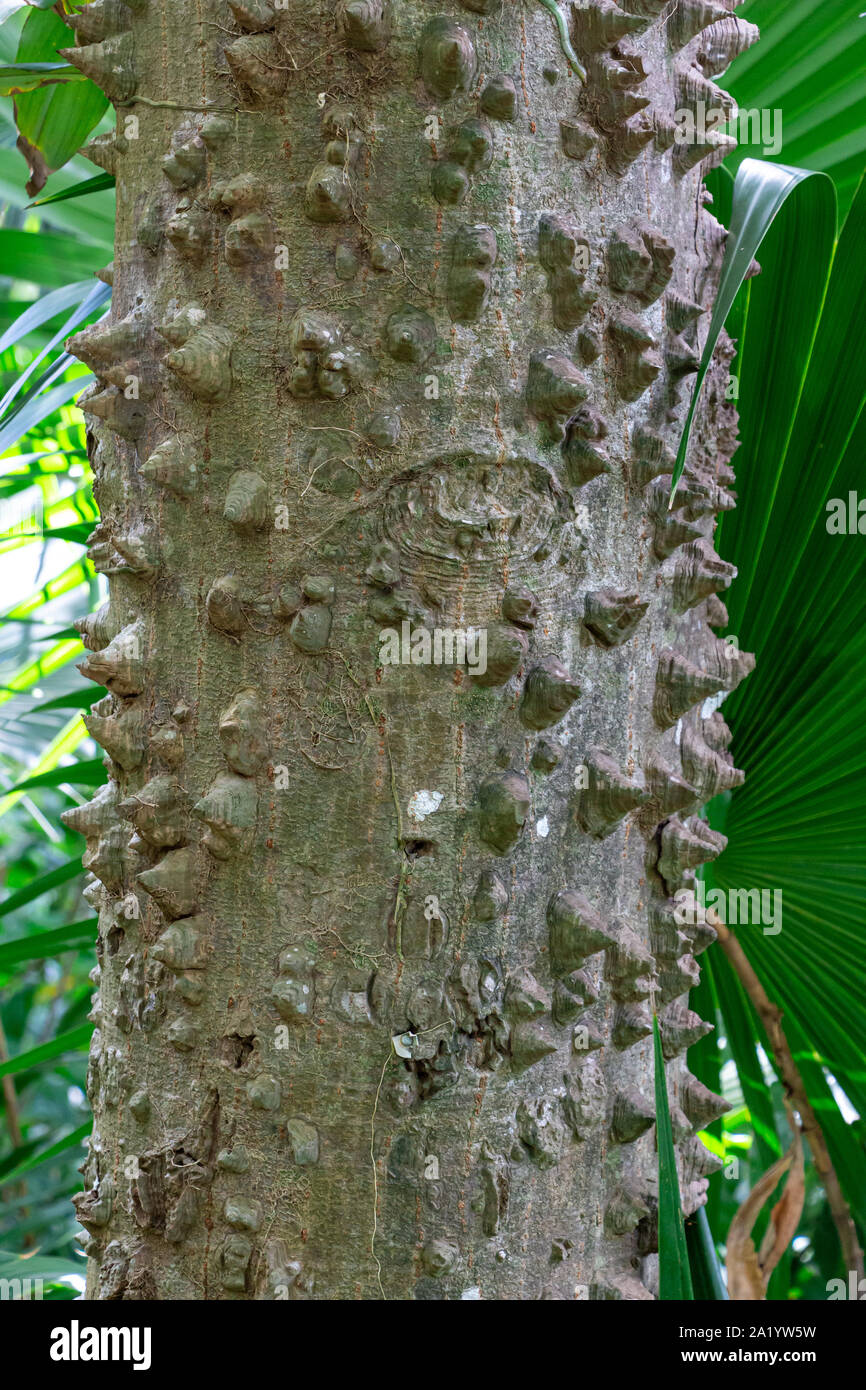



Silk Floss Tree Ceiba Speciosa Trunk Bark Closeup Davie Florida Usa Stock Photo Alamy
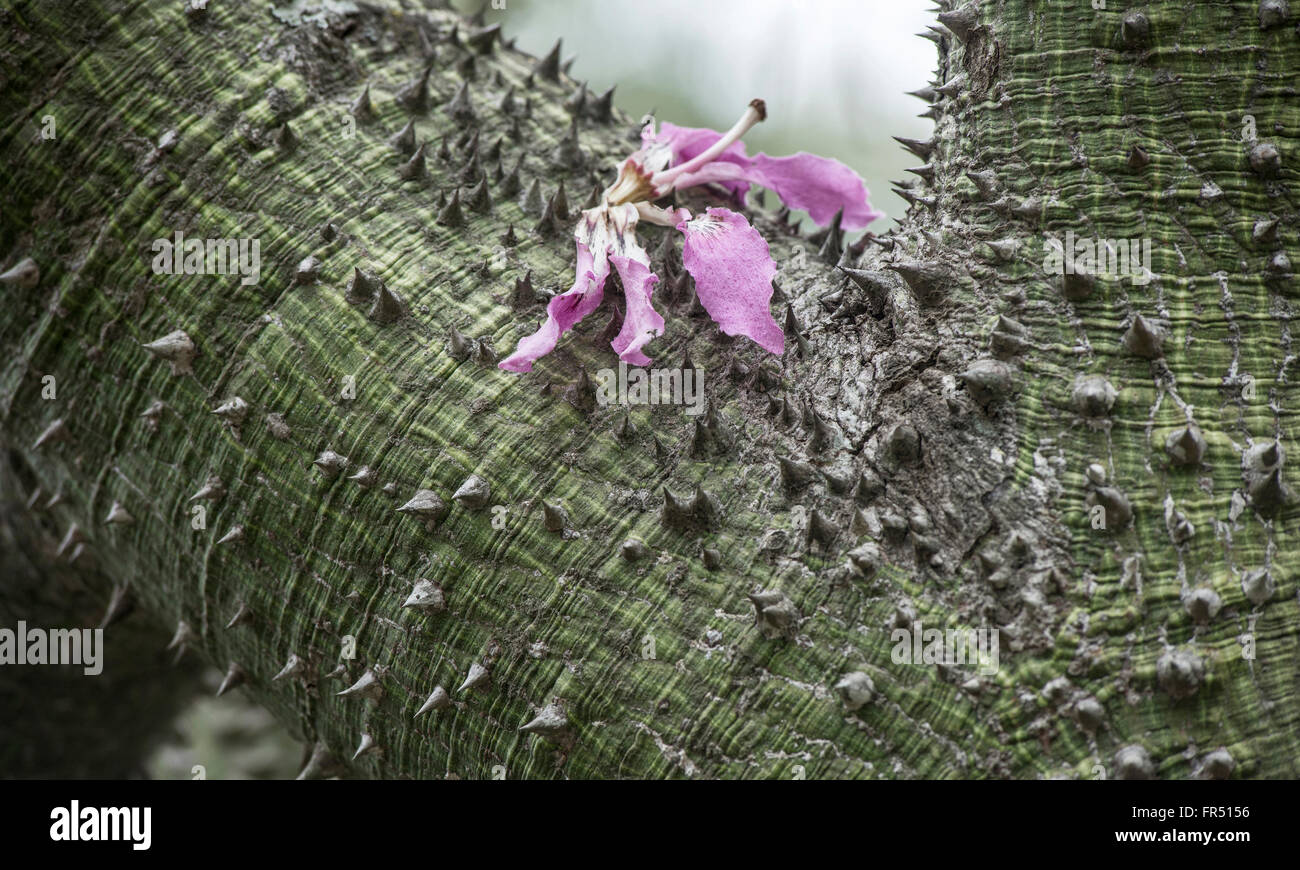



The Texture Of The Tree Bark Silk Floss Tree Chorisia Speciosa Stock Photo Alamy




Photo Of The Stem Scape Stalk Or Bark Of Silk Floss Tree Ceiba Speciosa Posted By Mellielong Garden Org



Pacific Horticulture Trees Of San Diego Floss Silk Trees



The Floss Silk Tree Bonsai i




Silk Floss Tree Stock Photo Image Of Tree Caution Floss




Ceiba Speciosa Wikipedia
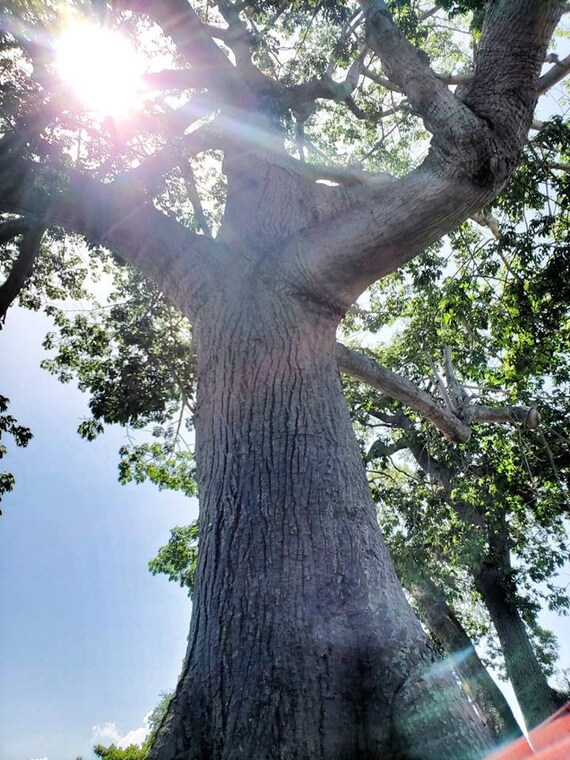



Sacred Ceiba Mapou Dirt Bark Kapok Tree Silk Floss Etsy
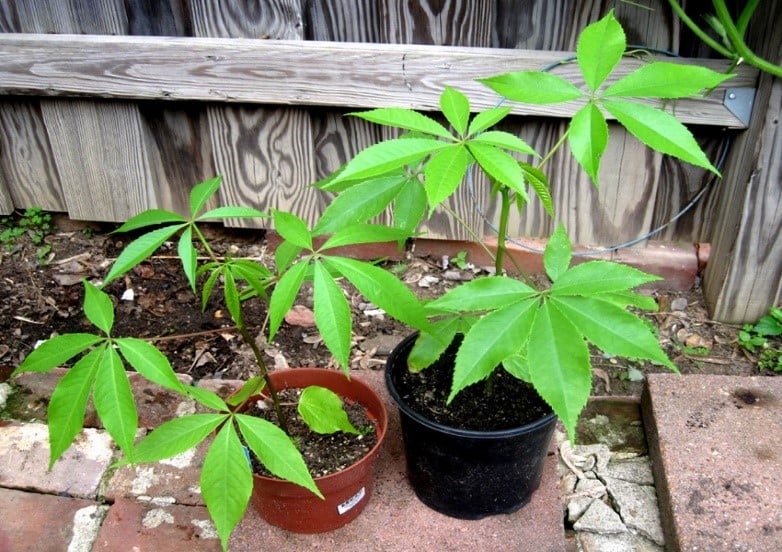



Silk Floss Tree University Of Redlands



Silk Floss Tree
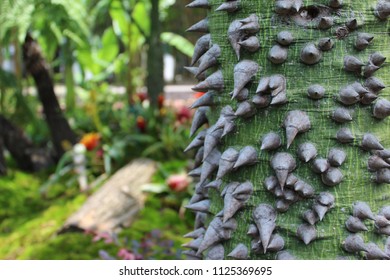



Floss Tree Hd Stock Images Shutterstock




Silk Floss Tree Ceiba Speciosa With Spiky Thorns And Leafy Canopy Growing In Meadow On Bank Of Large African River Landscape Stock Photo Picture And Royalty Free Image Image
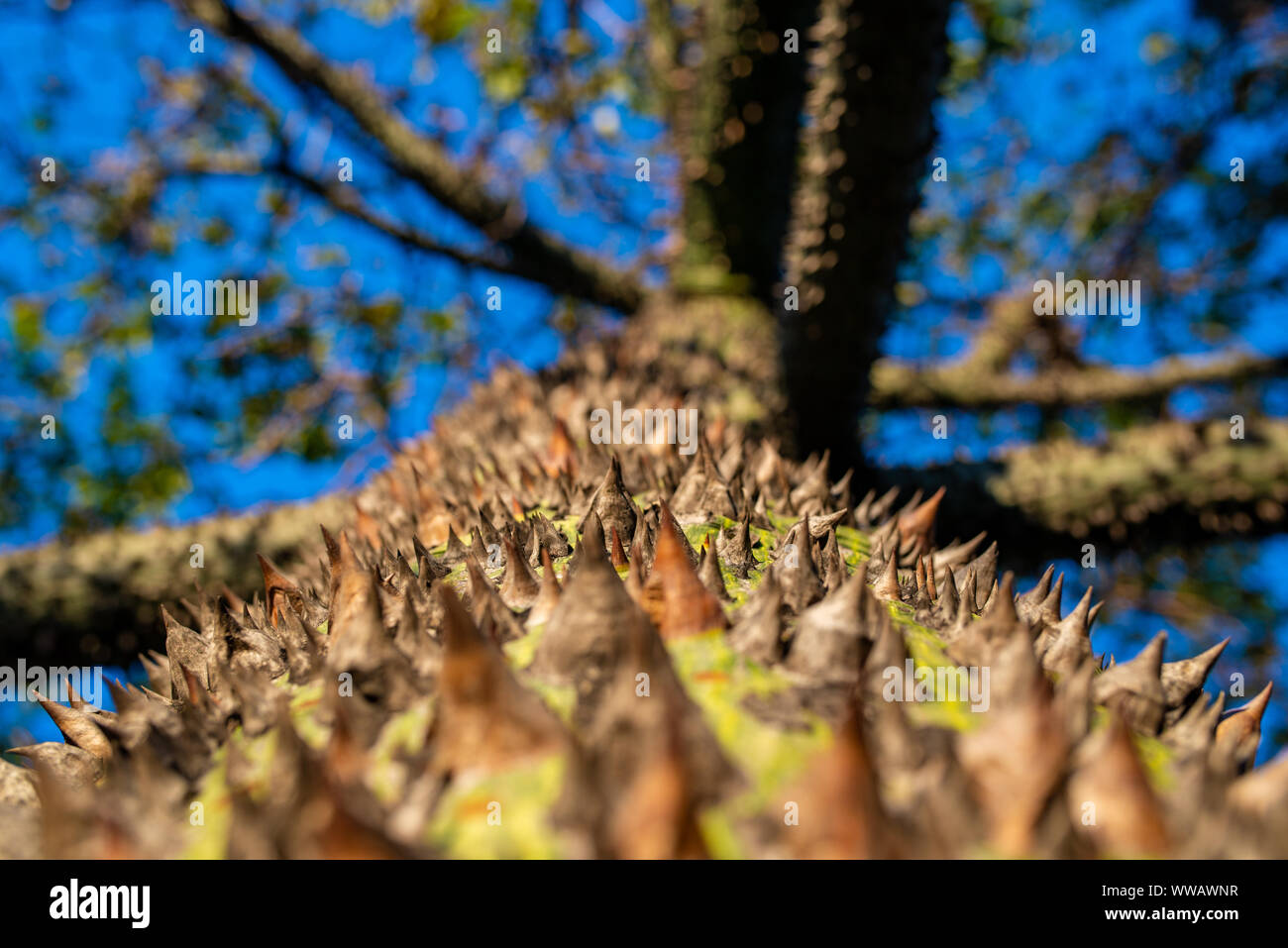



Close Up Of The Silk Floss Tree Bark Ceiba Species With Blurred Canopy And Blue Sky Barcelona Spain Stock Photo Alamy




Ceiba Speciosa Silk Floss Tree Stock Photo Image Of Color Conic
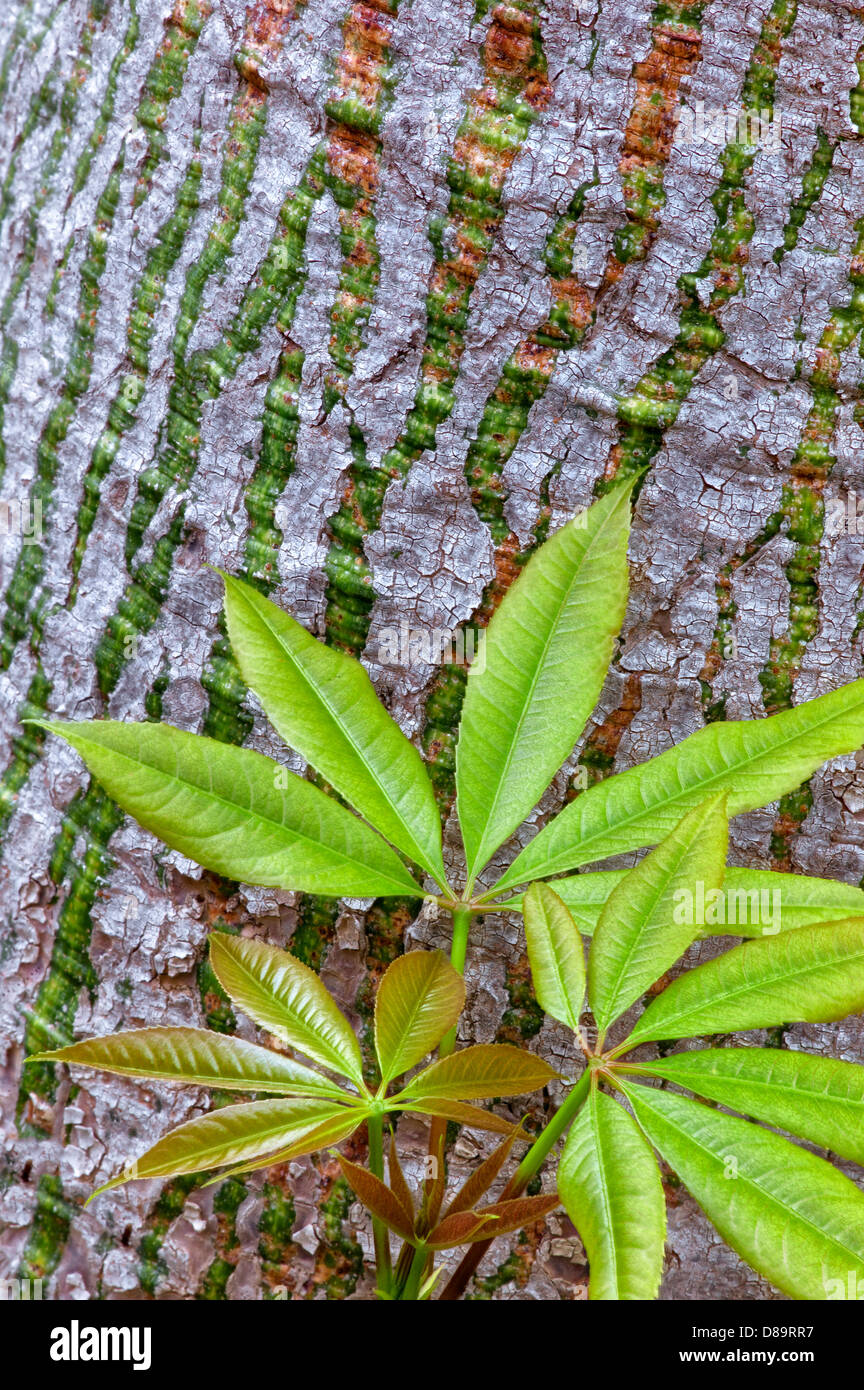



Close Up Of Silk Floss Tree Ceiba Speciosa New Spring Growth Leaves And Bark California Stock Photo Alamy
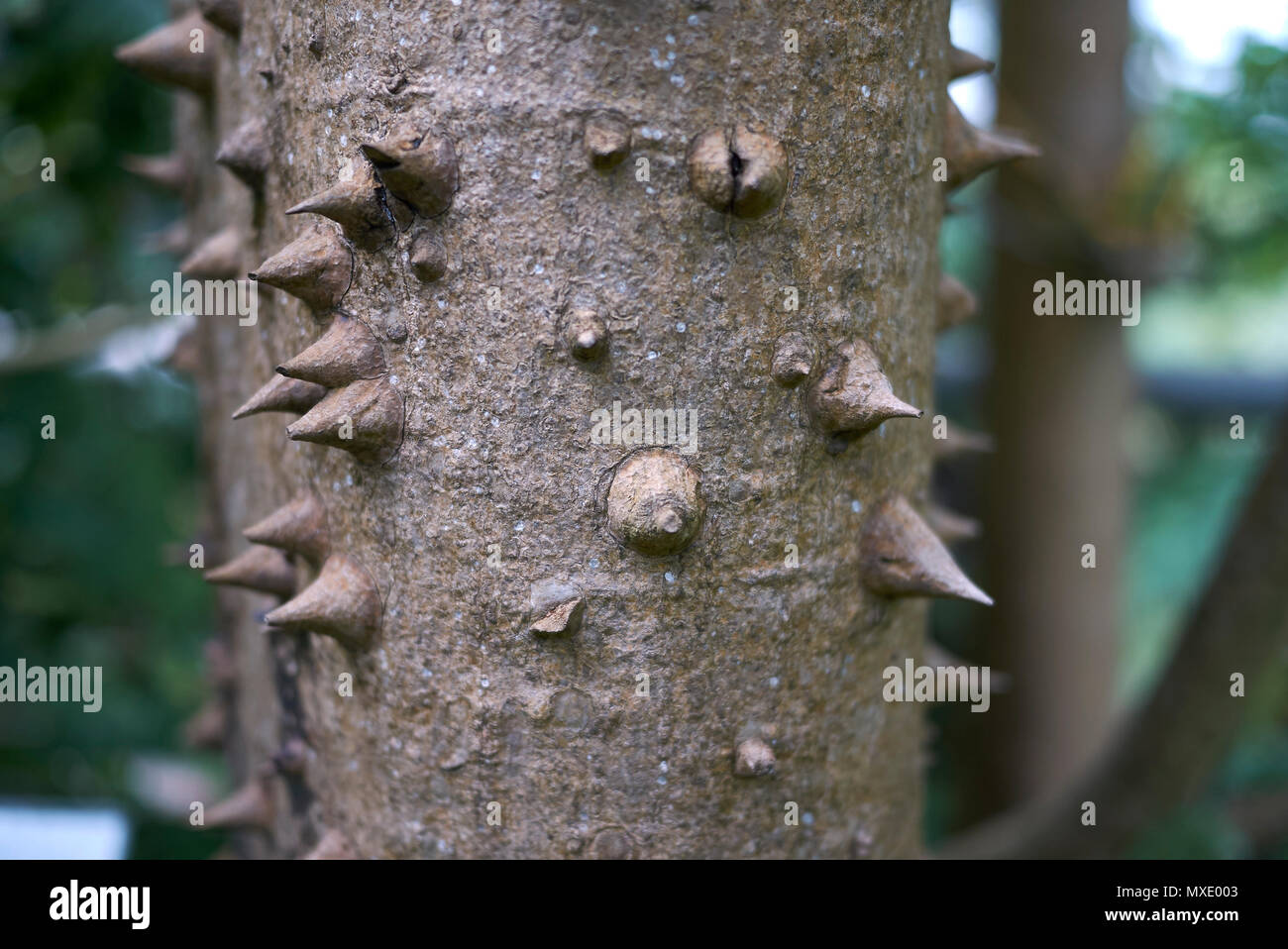



Silk Floss Tree Bark Stock Photo Alamy




No Huggum Tree Nature Tree Weird Trees Unique Trees




Silk Floss Tree Pod Opened This Object Is An Opened Fruit Flickr




Silk Floss Trees Cotton Trees Kapok Tree Spain



Silk



The Floss Silk Tree Bonsai i




Silk Floss Tree Bark Clippix Etc Educational Photos For Students And Teachers




Bewitching Silk Floss Trees Aren T As Scary As You Might Think Artistree In 21 Tree Trees To Plant Beautiful Tree
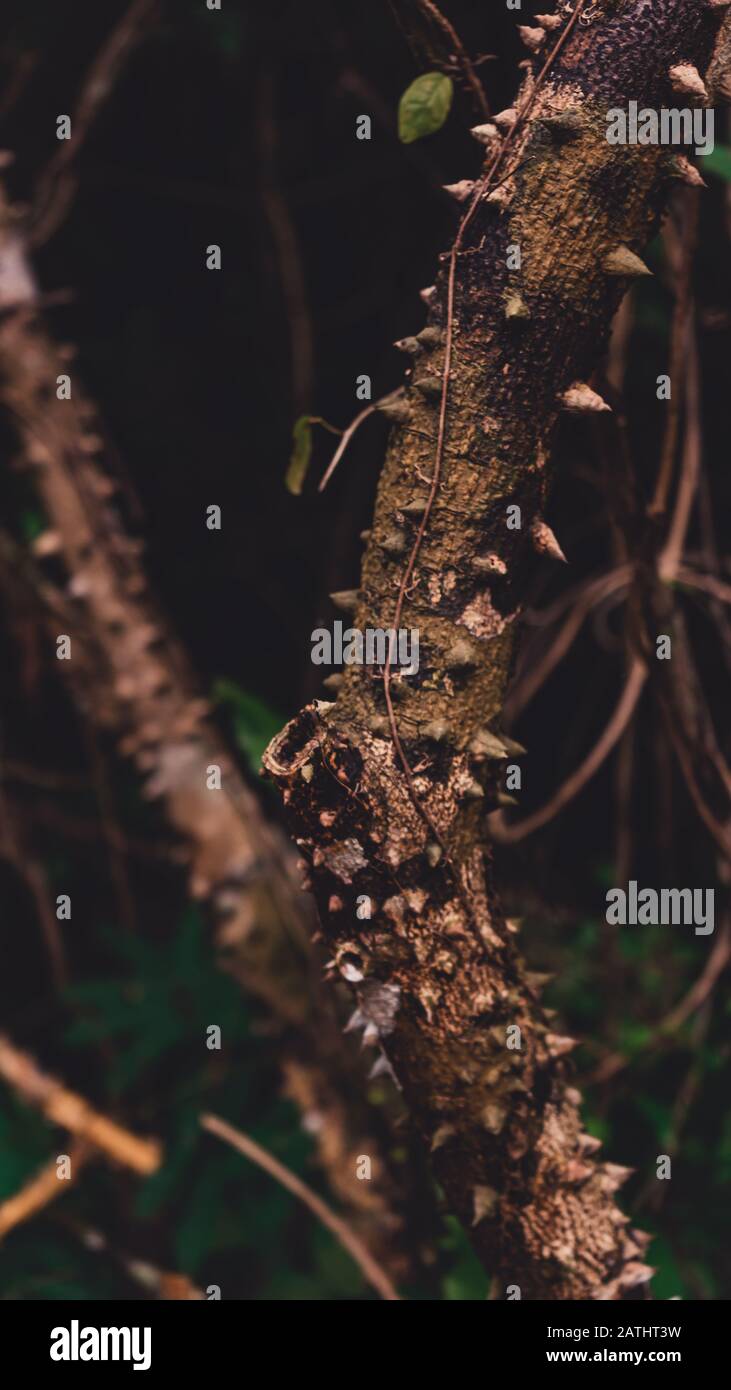



Close Up On Silk Floss Tree Ceiba Speciosa Trunk And Bark Stock Photo Alamy




Bark Of Silk Floss Tree With Sharp Conical Prickles Stock Photo Download Image Now Istock




Silk Floss Tree Blossoms Living In Joyful Awareness
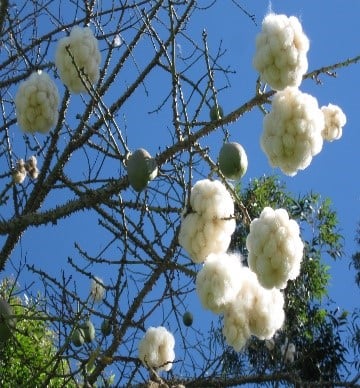



Silk Floss Tree University Of Redlands
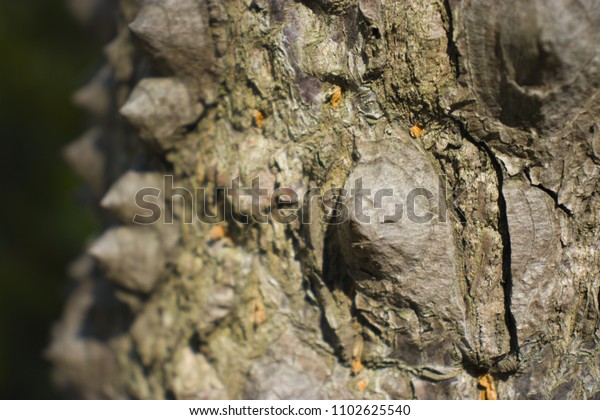



Silk Floss Tree Bark Stock Photo Edit Now




Phillip S Natural World 1 0 3 7 Trees That Attack
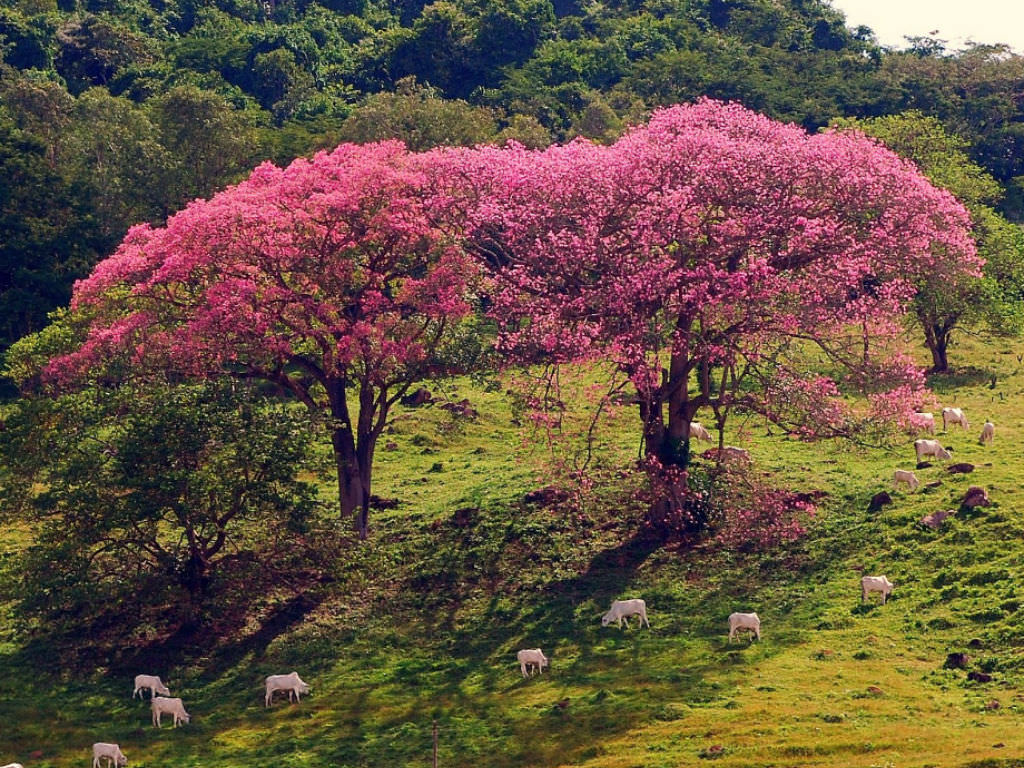



How To Grow And Care For A Silk Floss Tree World Of Succulents




The Texture Of The Tree Bark Silk Floss Tree Chorisia Speciosa Stock Photo Picture And Royalty Free Image Image




Bark Of Silk Floss Tree Chorisia Speciosa Stock Photo Download Image Now Istock




File Portugal Algarve Silk Floss Tree Spiky Bark Jpg Wikimedia Commons
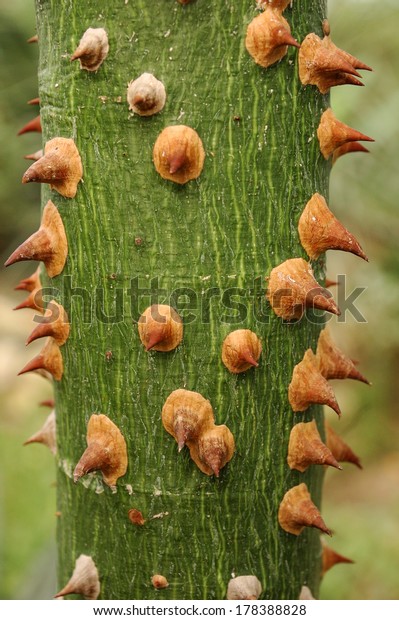



Bark Silk Floss Tree Ceiba Speciosa Stock Photo Edit Now 178
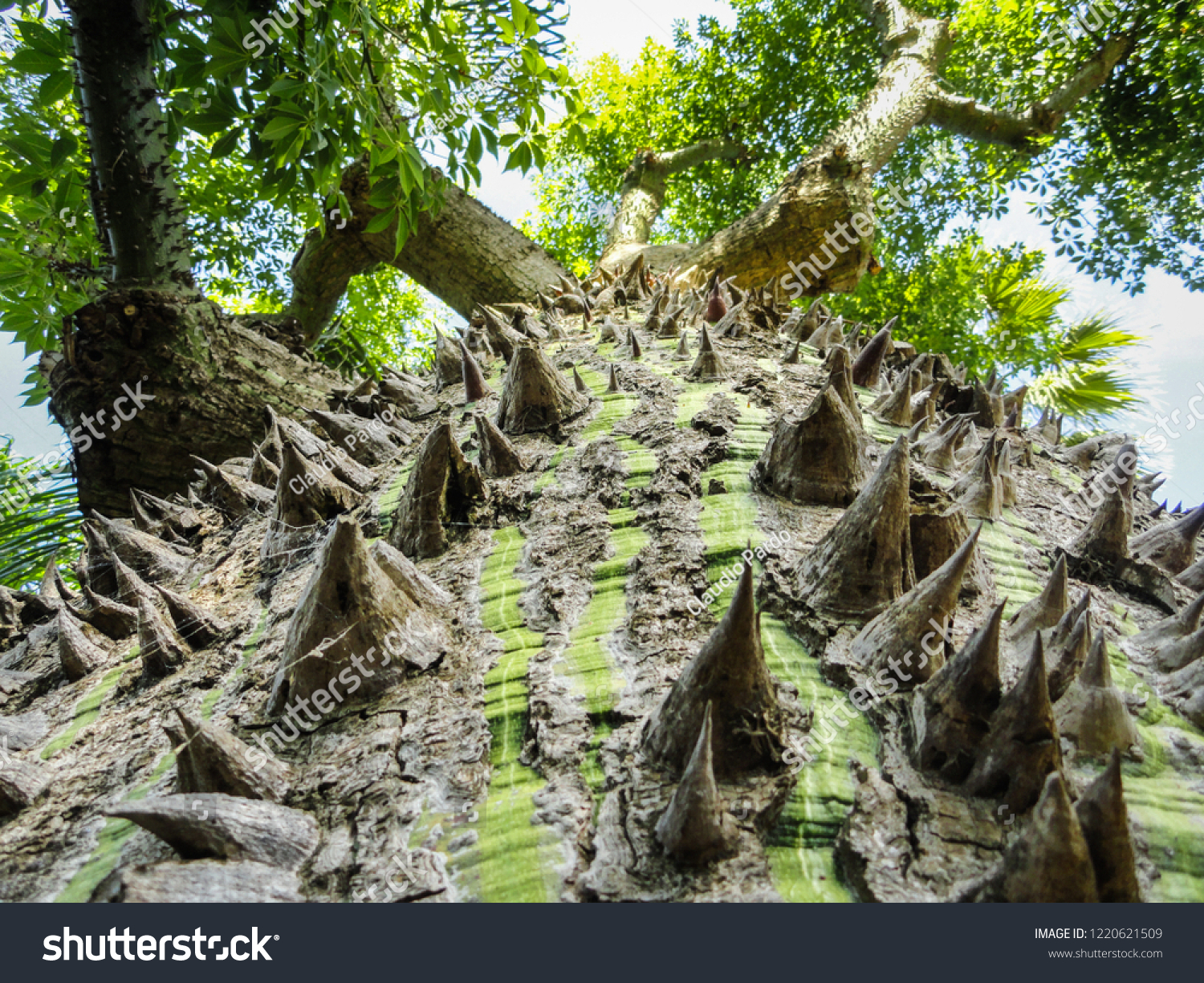



Silk Floss Tree Ceiba Speciosa Bark Stock Photo Edit Now




Well Focused Silk Floss Tree Bark Stock Photo Download Image Now Istock
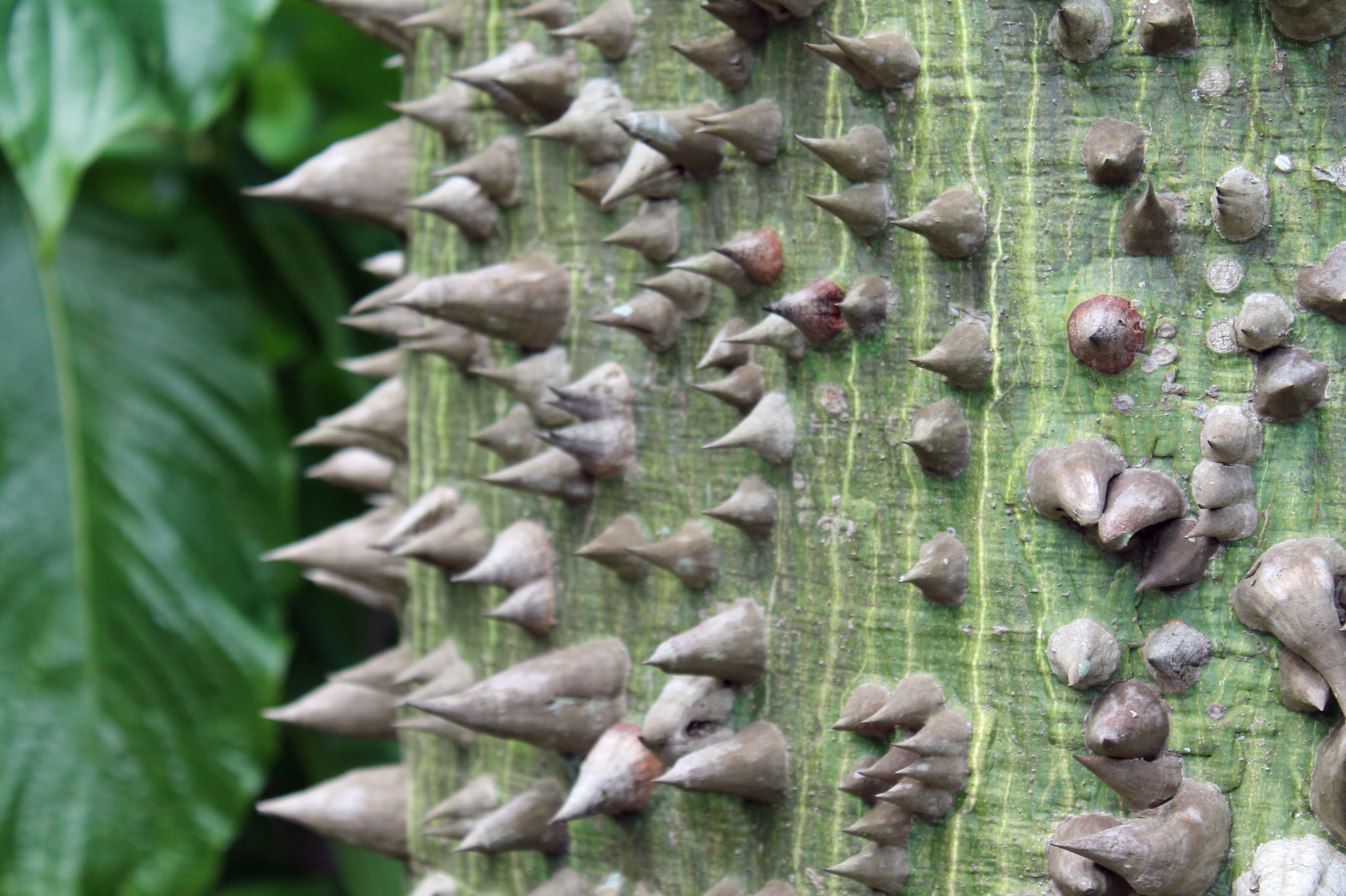



Believe It Or Not Trees Garden Housecalls
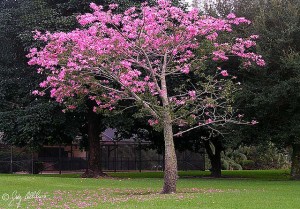



Silk Floss Trees Cotton Trees Kapok Tree Spain




The Bark Of This Silk Floss Tree Ceiba Speciosa Is A Focal Point When Its Enormous Blooms Are Spent Plantas Paisajes Flores




The Silk Floss Tree Ceiba Speciosa Is A Flowering Deciduous Tree In South America S Tropical Forests A Key Ch Nature Tree Beautiful Tree Patterns In Nature
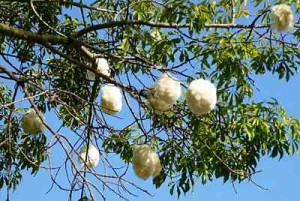



Silk Floss Trees Cotton Trees Kapok Tree Spain




Spiked Tree Trunk Image Photo Free Trial Bigstock




About Floss Silk Trees Tips For Planting A Silk Floss Tree Dummer Garden Manage Cuidado De Las Plantas Jardin De Pusadee Flor




Silk Floss Tree Kapok Floss Silk Tree Ceiba Del Brasil Chorisia Speciosa Bark Honduras Copan Stock Photo Picture And Rights Managed Image Pic Bwi Bs Agefotostock




Ceiba Speciosa Wikipedia
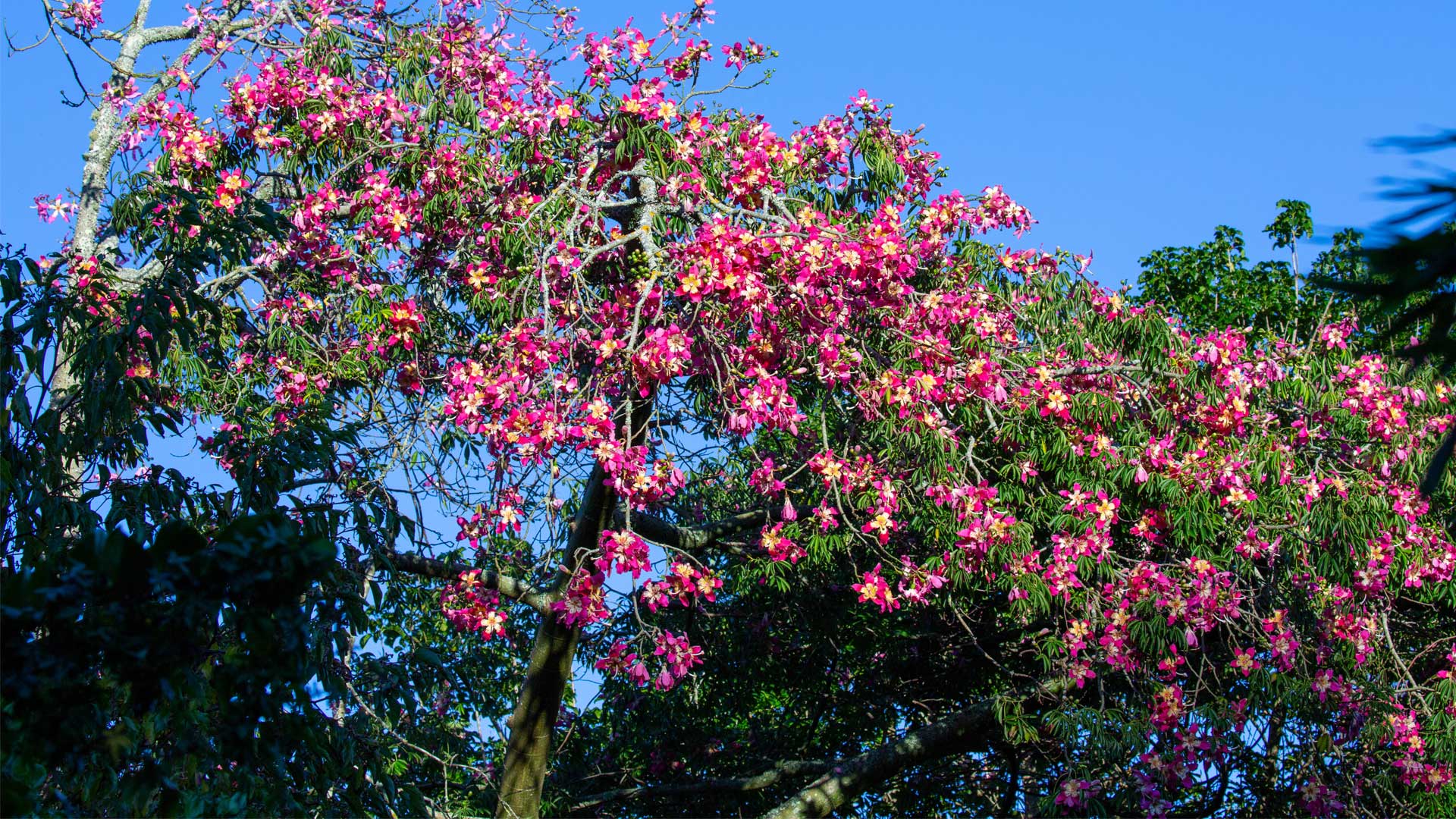



The Silk Floss Tree Is A Blooming Beauty Horticulture Blog Auckland Zoo




Bark Of The Silk Floss Tree Chorisia Ceiba Speciosa Madeira Portugal Stock Photo Picture And Rights Managed Image Pic Zon Agefotostock




Closeup Of Silk Floss Tree Trunk With Canopy Close Up Detail Of Large Trunk On Silk Floss Tree Ceiba Speciosa With Spiky Canstock




Ceiba Speciosa Silk Floss Tree Trunk And Characteristic Bark With Thick Wooden Conic Prickles Emerging From The Trunk Stock Photo Picture And Royalty Free Image Image




Ceiba Speciosa Silk Floss Tree Trunk And Characteristic Bark With Thick Wooden Conic Prickles Emerging From The Trunk Stock Photo Picture And Royalty Free Image Image
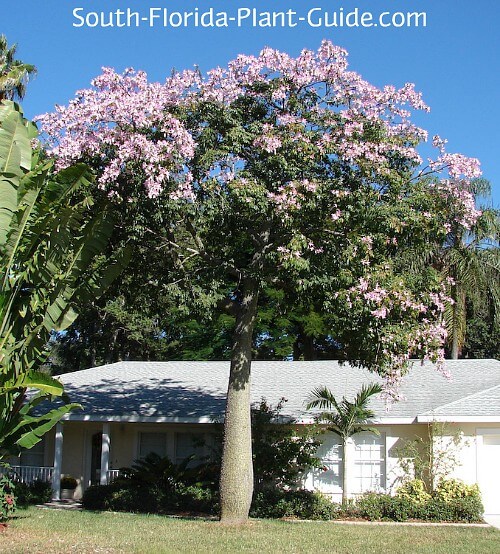



Floss Silk Tree




Ceiba Species Floss Silk Tree Ceiba Speciosa
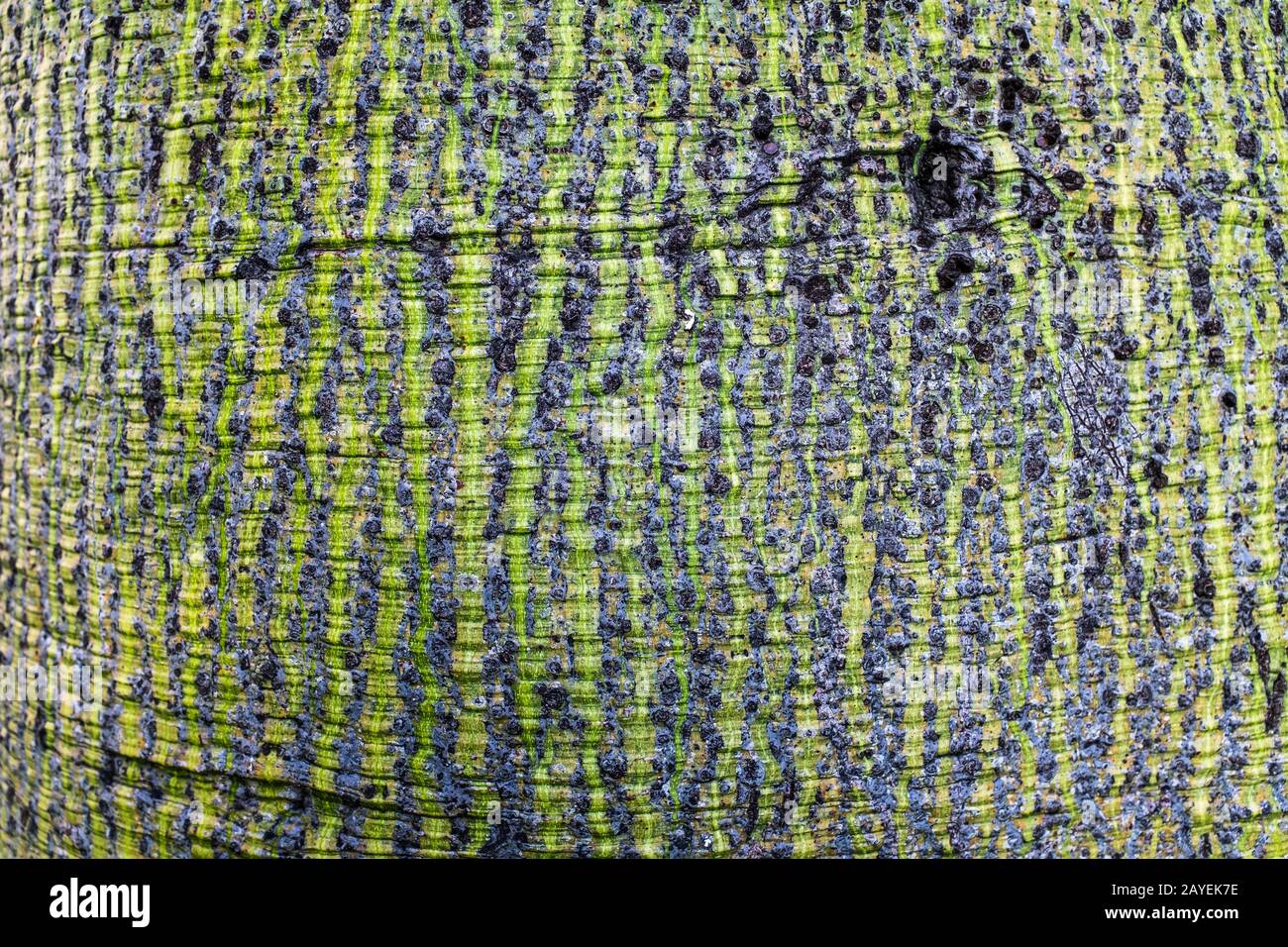



The Texture Of The Bark Of A Silk Floss Tree Ceiba Speciosa The Trunk Of The Tree Is Bottle Shaped And The Youngest Specimen Is Green Stock Photo Alamy



3
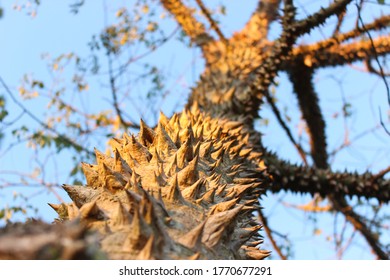



Silk Floss Tree Images Stock Photos Vectors Shutterstock




Bark Of Silk Floss Tree With Sharp Conical Prickles Stock Photo Download Image Now Istock



0 件のコメント:
コメントを投稿